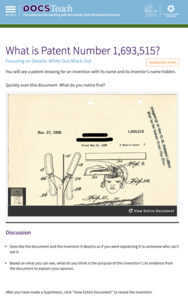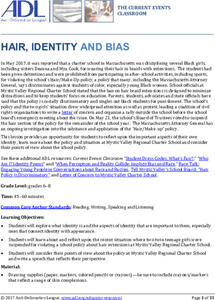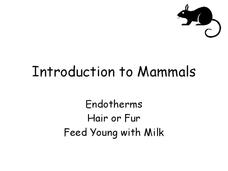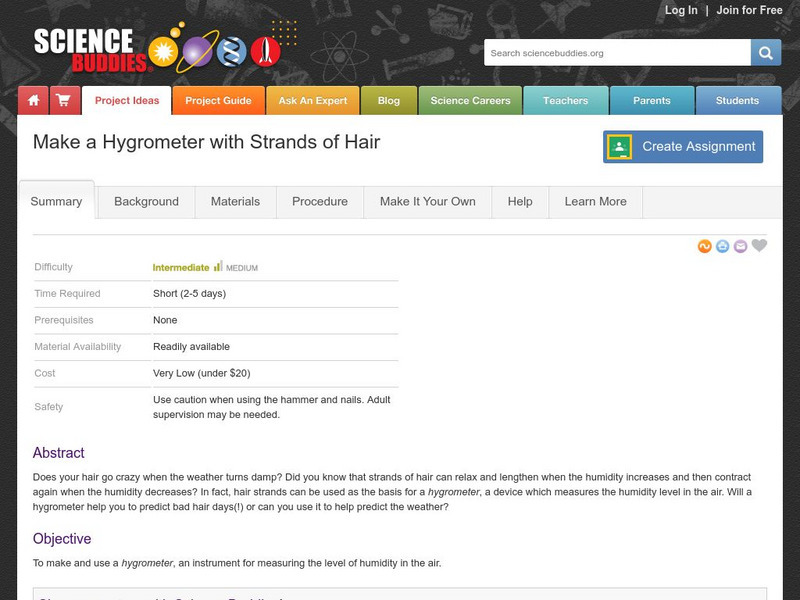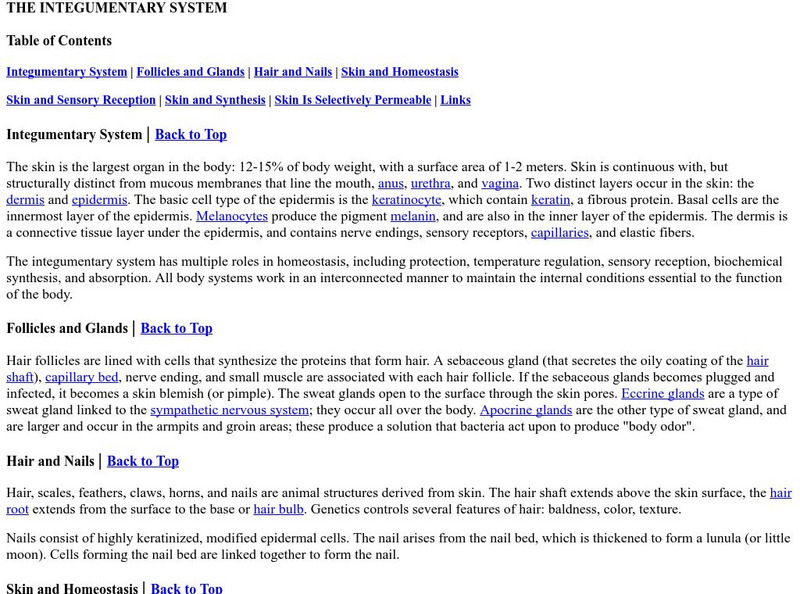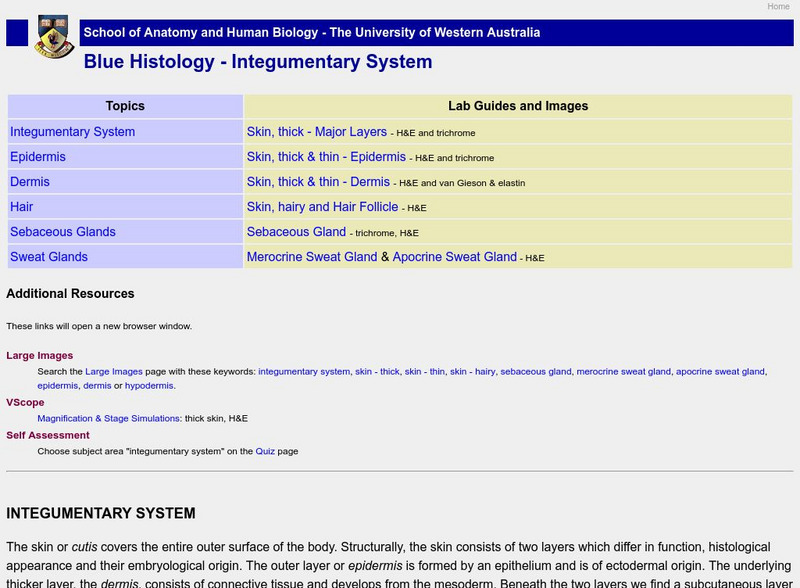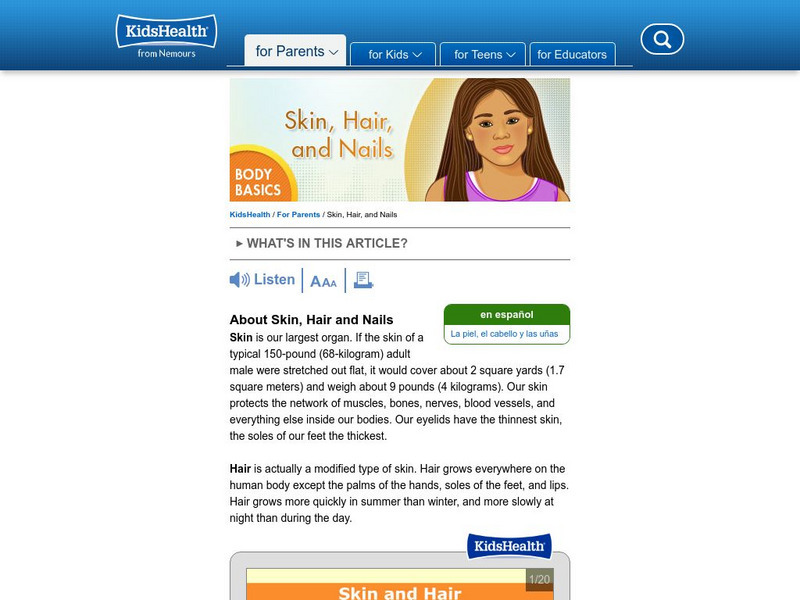DocsTeach
What is Patent Number 1,693,515?
Scholars examine a document from 1928 featuring a mystery invention. Following their observations and discussion, the document reveals the invention of the permanent wave machine by Marjorie S. Joyner. Class members read about Joyner,...
Anti-Defamation League
Hair, Identity and Bias
Middle schoolers weigh in on dress codes, specifically those that apply to hair and make-up, with a lesson that uses a 2017 case from a charter school in Massachusetts. Class members read about two girls suspended for violating the...
Anti-Defamation League
Hair Discrimination and the CROWN Act
The CROWN Act (Creating a Respectful and Open World for Natural Hair) is the subject of the lesson that asks groups to research the stories of five different women and share their insights in a jigsaw activity. Participants then craft...
Nemours KidsHealth
Head Lice: Grades K-2
Head lice—how not to get or give it. Scholars read or listen to kid-friendly articles that offer information about head lice. They complete a worksheet that identifies items they should and should not share with their peers.
Nemours KidsHealth
Head Lice: Grades 3-5
Keep lice away with a lesson plan that focuses on best practices. Scholars discuss what lice are, where it can be found, how it can be prevented and cured. A worksheet challenges pupils to examine items they use every day. A quiz gauges...
Curated OER
Introduction to Mammals
Biology learners grasp the characteristics of mammals by viewing this succinct slide show. They learn that mammals are divided into three gestation-related groups: prototheria, metatheria, and eutheria. They examine the characteristics...
Pace University
Community Helpers
Differentiate instruction with a unit focused on community helpers. A pre-assessment levels scholars into three groups. Learning contracts offer participants the choice of activities to complete and show what they know about specific...
Curated OER
Hair
In this forensic science worksheet, learners identify the different parts of the hair. They complete 18 short answer questions on how hair evidence is used in forensics.
Curated OER
Mammals Have hair or Fur
First graders complete computer activities, make a mask, separate pictures, and more having to do with mammals. In this mammals lesson plan, 1st graders classify animals as being mammals or non mammals based on their hair or fur.
Curated OER
Protection, Support, and Locomotion
In this human body activity, students will review 5 terms associated with the skin by filling in the blank. Then students will read 14 statements about the human skeleton and muscles and determine if its true or false.
Curated OER
Alphabet 6
For this literacy worksheet, students cut out all the cards and match the letter to the correct picture. Then they paste them next to each other on a separate piece of paper. There are eight letters and eight pictures to match.
Curated OER
How Can We Extract Human DNA?
Students perform an experiment in which they extract DNA samples from hair samples. They follow a set procedure to extract the DNA and complete summary questions.
Library of Congress
Loc: Everyday Mysteries, Why Does Hair Turn Gray?
Explore the science behind gray hair through this summary produced by the Library of Congress.
Science Buddies
Science Buddies: The Chemistry of Hair Highlights
Have you ever tried to make parts of your hair lighter than the rest of your hair? Perhaps the way you tried to do it did not lighten it or maybe it turned out a shade of orange. With this science project you can understand why.
Science Buddies
Science Buddies: Does Chemical Lightening Affect the Structure of Human Hair?
Hair strands can be used as the basis for a hygrometer, a device which measures the humidity level in the air. The goal of this project is to determine whether chemical lightening treatments affect the natural elasticity of human hair.
Science Buddies
Science Buddies: Make a Hygrometer With Strands of Hair
Does your hair go crazy when the weather turns damp? Did you know that strands of hair can relax and lengthen when the humidity increases and then contract again when the humidity decreases? In fact, hair strands can be used as the basis...
Open Curriculum
Open Curriculum: Integumentary System
With this article, students will be able to identify the structures that make up the integumentary system, their functions, and health conditions that may affect parts of the system.
Estrella Mountain Community College
The Integumentary System
The parts of the integumentary system are described along with their functions.
Other
University of Western Australia: Blue Histology
An excellent, in-depth examination of the integumentary system and its components. Includes many color microscopic images of these structures and more.
Other
The Internet Dermatology Society: Anatomy of the Skin
Despite the title of the page, this site explores the entire integumentary system, including skin, hair and nails. Content also includes the cutaneous sensory and cutaneous vascular systems, pigmentary system, sweat glands, sebaceous...
Other
University of Western Australia: Integumentary System
A resource for advanced anatomy and physiology classes. It contains information on the integumentary system, the epidermis, the dermis, hair, sebaceous glands, and sweat glands. Microscopic images are included.
CK-12 Foundation
Ck 12: Episd: Nails and Hair
[Free Registration/Login may be required to access all resource tools.] What exactly do nails and hair do? Find out the structure and function of both in this module.
Curated OER
Kids Health: Skin, Hair, and Nails
The anatomy of skin, nails and hair is described. An interactive diagram gives an excellent portrayal of the structure of skin and of hair. Health disorders that can develop are also described.
Curated OER
Kids Health: How Can I Remove Hair Safely?
Shaving is a routine that some people go through each day with little thought. However, there's more to hair than meets the eye. Find out the different hair types, procedures for removing hair, and the positive and negative aspects for...


